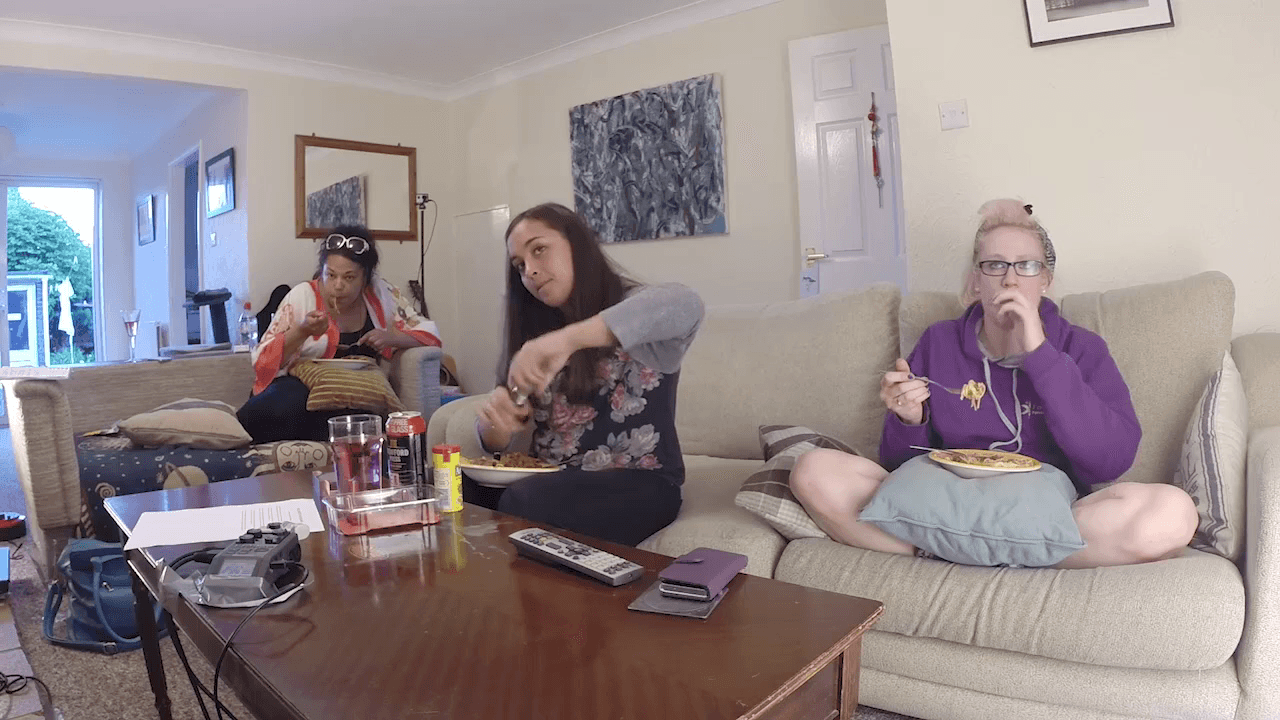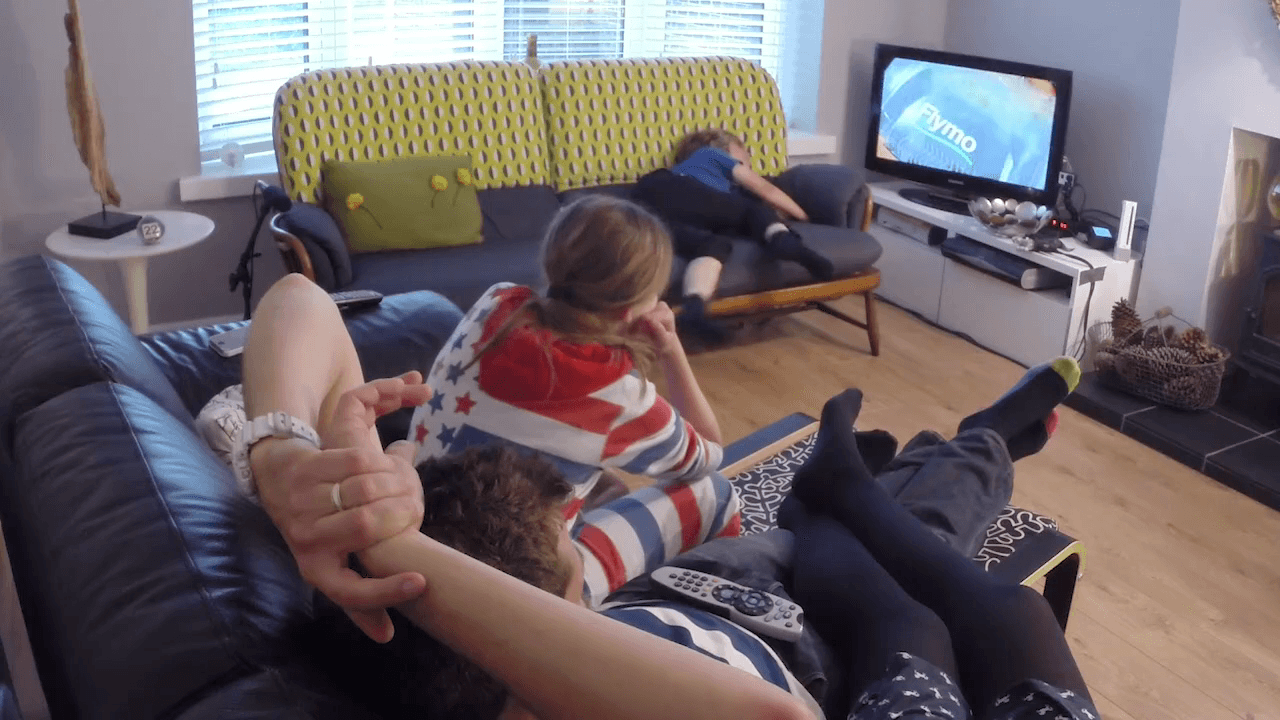Here you can find out more about Barb, the essential TV measurement, trading and performance currency for the UK advertising industry.
Barb is the industry’s standard for understanding what people watch. Barb’s hybrid approach integrates people-based panel data with census-level online viewing data. This methodology enables it to deliver inclusive measurement of total identified viewing across all broadcast, video-on-demand (VOD) and video-sharing platforms, delivered onto and consumed via multiple platforms and devices.
Barb is uniquely placed to empower transformation of the UK TV and advertising ecosystem, through integrated audience data and actionable insights. Barb’s data and insights fulfil three purposes: to support decisions that are made in the making and distributions of programmes, to support the planning and buying of ad campaigns and informing on brand and sales outcomes, and to inform how broadcasters and other media services operate in the public interest.
Barb is jointly owned by the BBC, Channel 4, Channel 5, the IPA (Institute of Practitioners in Advertising), ITV and Sky. It is a Joint Industry Currency (JIC), created by and for the UK TV and advertising industry to provide insight into the UK’s viewing habits through daily reporting of objective, transparent and accountable audience data.
Barb commissions research companies to provide services, including the production of audience viewing figures, on its behalf. The audience measurement contracts are held by Ipsos MORI, Kantar Media and RSMB.
Data sources
Barb has two sources of data: people-based data (the Barb panel) and device-based census data for online TV viewing.
Barb also carries out the Establishment Survey, a continuous survey of approximately 53,000 household interviews per year. The survey is undertaken to determine the ownership of television equipment and demographic characteristics of the population, to ensure that the Barb panel properly represents the UK. Establishment Survey respondents also provide the pool of households from which Barb panel homes are recruited.

People-based data: the Barb panel
Device-based big data has its limitations: it can’t identify who is in front of the screen and the type of person they are. This is critical to understanding programme reach, demographic viewing profiles and the number of viewers per screen. For this, the Barb panel is needed.
The Barb panel is a sample of carefully-recruited households, selected by geography, demographics and TV platforms, to mirror the entire UK. It is continuously vetted and managed to ensure that it accurately reflects the nation.
Barb is expanding the panel to 7,000 households (up from 5,100), which is about 16,000 people, providing daily insight into who’s watching what, on which device and for how long.
To determine who’s watching television, a meter is attached to each TV set in panel homes. People in these homes use a special remote with dedicated buttons for each household member – and guests – to confirm who’s watching. They press the buttons when they leave or come back into the room.
To determine what’s being watched, the TV-set meters take audio samples of the sounds on panellists’ TV sets and convert these to digital fingerprints. Every night, Barb retrieves the fingerprints and matches them to a reference library of content.
There is also a meter attached to the WiFi router in panel homes to track in-home viewing of subscription video-on-demand (SVOD) and video-sharing services by any member of the household on any device.
Device-based census data
Barb also collects device-based data whenever anyone in the UK watches a broadcaster video-on-demand (BVOD) service on a PC, tablet or smartphone. These data provide granular evidence of how online TV is being watched.
Together with Kantar Media, Barb works with broadcasters to embed software code into their BVOD services across different online platforms; this process is known as tagging. Whenever someone in the UK watches a programme through a tagged BVOD service, be it live streamed or on-demand, the embedded software code generates online TV viewing data detailing what has been watched, and, to the second, for how long. These census-level data tell Barb the number of PCs, tablets and smartphones that are being used to watch programmes, both on-demand and live streamed. Importantly, these are not people-based figures, instead they represent the total number of devices that are being used to watch participating BVOD services.
In order to deliver multiple-screen viewing figures, the Dovetail Fusion process combines the device-based data with the Barb panel data.
Dovetail Fusion
The UK television industry has evolved over the years and as a result, Barb has continuously developed its audience currency in response to fragmenting behaviour patterns, especially in light of the proliferation of platforms, channels and catch-up services. As a result, Barb established Project Dovetail to deliver total reach of programme and commercial audiences across multiple screens.
The three stages of Project Dovetail have used Dovetail Fusion to deliver multiple-screen programme viewing figures. These stages are:
- Collecting and reporting device-based census data – in 2015, Barb launched the TV player report – now the BVOD services report – which includes viewing time via all Barb-reported BVOD services on PCs, tablets and smartphones.
- Programme average audiences – since August 2018, Barb has reported multiple-screen programme audience figures for all individuals across four screens: TV sets, tablets, PCs and smartphones.
- Reach and time spent viewing – in January 2020, Barb began to report unduplicated reach and time spent viewing across three screens: TV sets, tablets and PCs. This total three-screen viewing was reported alongside consolidated seven-day TV set viewing, which has been their definition of total TV. In August 2021, Barb launched total four-screen viewing with the inclusion of smartphones, allowing more extensive analysis.

Data Delivery
All the retrieval, matching and processing of data from the Barb panel takes place overnight. Barb then weights the data, so that the audience estimates are representative of the total population. These are scrutinised as part of a quality control process operated by Barb’s research agencies, before being released to the industry every morning.
Each day, Barb provides ratings for all of the previous day’s viewing. The vast majority of viewing is still to programmes at the time they are broadcast, and these ratings are often referred to as the overnights. The overnight ratings also include the audiences that have recorded a programme and watched it back on the same day; this is known as VOSDAL or viewing on same day as live.
For many years, Barb has delivered catch-up viewing that happens up to seven days after the original broadcast. These seven-day audience estimates are commonly referred to as the consolidated ratings. Barb can also identify viewing that takes place up to four weeks after the original broadcast.
As well as reporting viewing in the context of when the programmes and advertising were originally broadcast, Barb also reports on distribution platforms as the meters in Barb panel homes know if the content reached the screen by using a receiver within the TV set or an external device such as a cable, satellite or IP set-top box, a digital video recorder or a games console. Similarly, Barb can also identify whether panellists were using any of the BVOD platforms via the TV set. In the same way, for computer viewing, Barb can identify whether the content was accessed through a broadcaster’s website or BVOD service.
Barb delivers a vast range of programme and spot advertising performance data including overnights, dayparts, programme and commercial information, time lengths, reach, and channel share of viewing. It has the ability to identify over five hundred audiences. Barb provides broadcasters, agencies and advertisers with the full picture of what people watch. Barb data play a vital role in delivering and measuring the success of marketing campaigns for brands and underpin programme development and broadcasting in the UK.
Advanced Campaign Hub and CFlight
In June 2020, Barb launched the Advanced Campaign Hub (ACH) - then called the BVOD Planner - to help agencies and advertisers plan advertising campaigns across Barb-reported commercial broadcasters’ linear channels and VOD platforms. This is the first joint-industry tool designed specifically to plan total TV campaign performance.
In March 2021, Barb launched upgrades to the ACH to improve functionality and user experience. The improvements to the tool enable the user to more effectively plan campaigns by optimising budgets across linear and BVOD platforms. The improvements also gave planners the ability to plan campaigns delivered on specific devices.
The ACH complements CFlight, an initiative from UK commercial broadcasters. CFlight is modelled on a methodology developed by RSMB based on the Barb gold standard. It provides post-campaign analysis alongside the pre-campaign planning services offered by Barb’s ACH to give advertisers and agencies a holistic view of their advertising campaigns. Barb will assume governance responsibility for CFlight from January 2024.
For more detail on Barb.
 Thinkbox
Thinkbox